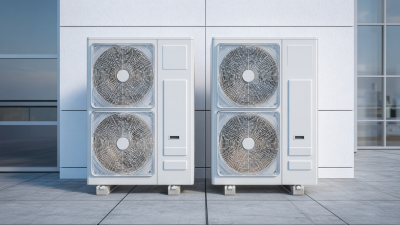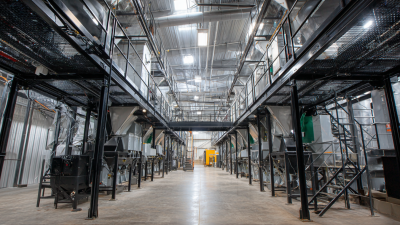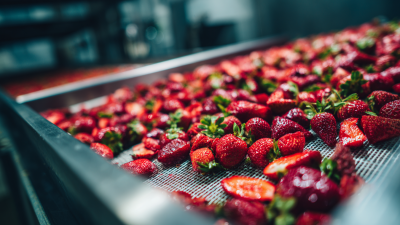Leave Your Message
Optimizing your Vegetable Dryer Machine is essential for achieving maximum efficiency and ensuring your vegetables maintain their nutritional value and flavor during the drying process. With the rising popularity of dehydrated foods, it's crucial to understand how to fine-tune your machine to enhance performance. This guide will explore various strategies and best practices that can significantly improve the drying process. From adjusting temperature settings and airflow to selecting the right drying trays and ensuring proper maintenance, each aspect plays a vital role in the overall efficiency of your Vegetable Dryer Machine. By implementing these tips, you can not only increase productivity but also achieve superior drying results, allowing you to enjoy delicious and nutritious dried vegetables all year round.
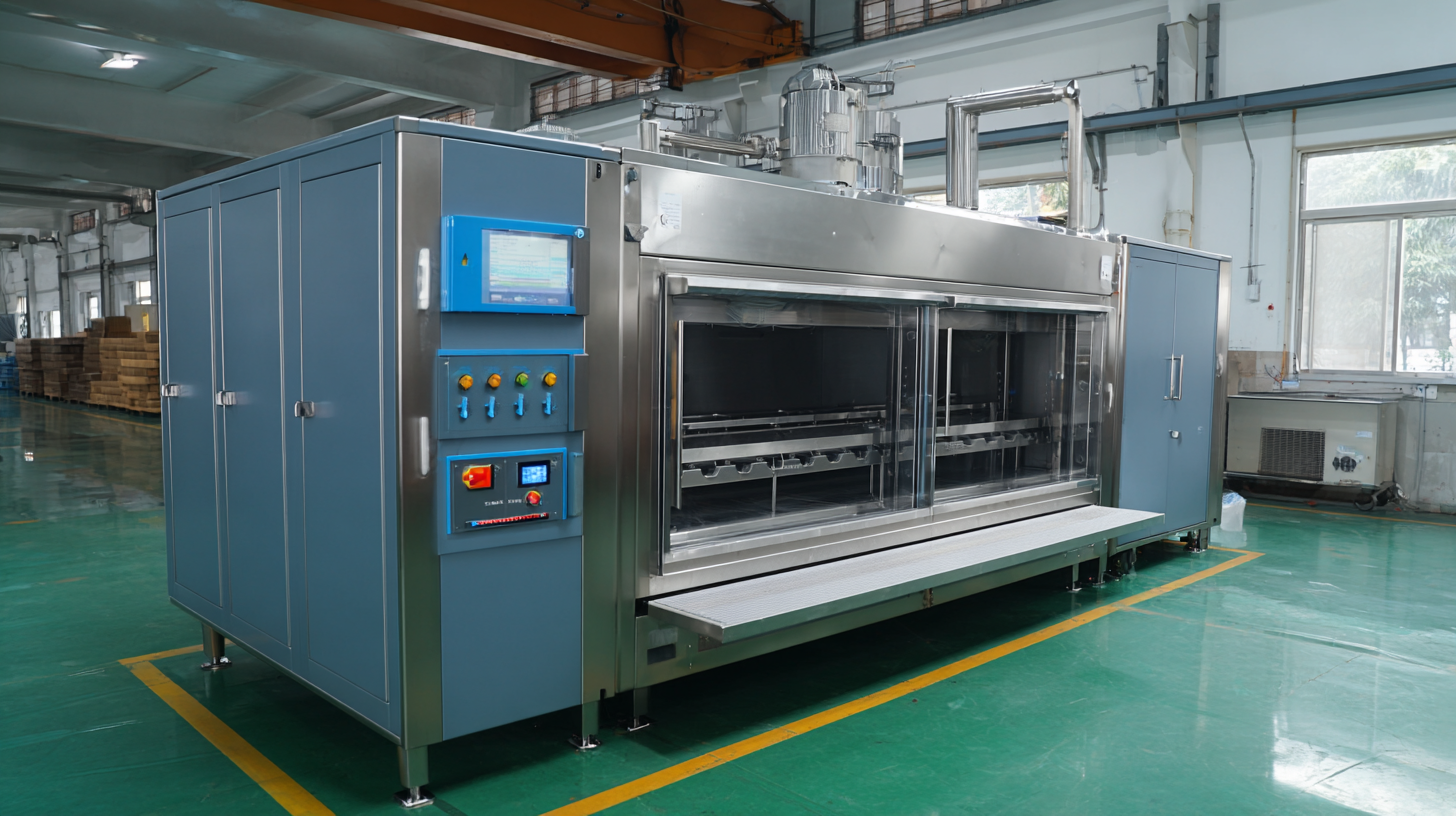
When it comes to optimizing your vegetable dryer machine for maximum efficiency, understanding the roles of temperature and humidity is crucial. According to the USDA, the ideal drying temperature for most vegetables ranges between 125°F to 135°F (52°C to 57°C). At these temperatures, moisture evaporates efficiently without compromising the nutritional quality of the vegetables. Too high a temperature can cook the vegetables instead of drying them, while too low a temperature may lead to insufficient moisture removal, causing spoilage.
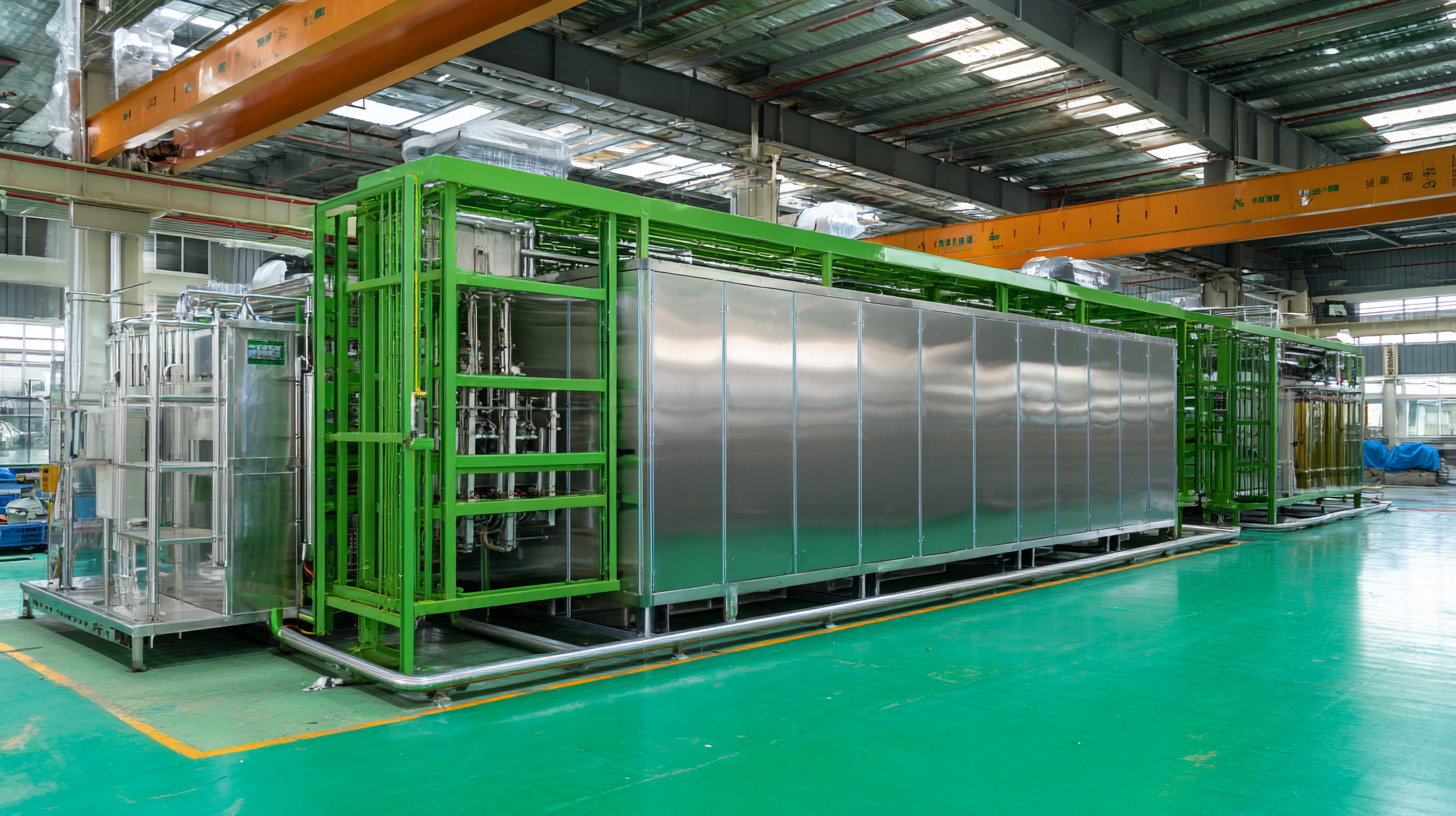
Furthermore, humidity levels significantly impact the drying process. The National Center for Food Preservation indicates that relative humidity should be below 60% for effective drying. High humidity levels can hinder moisture evaporation, extending the drying time and potentially leading to microbial growth. In contrast, maintaining low humidity not only accelerates the drying process but also enhances the shelf life of the end product. Monitoring and adjusting these environmental factors will ensure that your vegetable dryer machine operates at peak performance, yielding high-quality dehydrated vegetables that retain their flavor and nutrition.
When it comes to optimizing your vegetable dryer machine, selecting the right type of dryer for your specific crop needs is crucial. Different vegetables have varying moisture content, sizes, and drying requirements. For instance, leafy greens might benefit from a dryer with higher airflow, while denser vegetables like carrots may require a more robust heat source. Understanding these needs will allow you to choose the most effective dryer that aligns with your product.
Tips: Ensure you assess the moisture levels of the vegetables you intend to dry. This will help determine both the drying temperature and the duration needed for optimal results. Additionally, consider investing in a dryer with adjustable settings, as this flexibility can accommodate a broader range of produce.
Ultimately, it’s important to evaluate the layout and technology of the dryer. For example, tray dryers offer space-efficient designs ideal for smaller operations, while tunnel dryers are suited for larger volumes. Select a machine that matches your production scale to maximize efficiency without sacrificing product quality.
Tips: Regular maintenance of your dryer can also prolong its life and efficiency. Check for any blockages in airflow and ensure that heating elements are functioning properly, as these factors significantly affect drying performance.
Regular maintenance is crucial to optimizing the performance and longevity of your vegetable dryer machine. According to the International Society for Horticultural Science, routine checks can boost efficiency by up to 20% and significantly extend the lifespan of the equipment. Key maintenance practices include cleaning the drying chamber and air filters, which should be done at least once a month. Neglecting these components could lead to decreased airflow and uneven drying, ultimately affecting product quality.
In addition, monitoring the heating elements and replacing any worn or damaged parts can prevent energy waste. A report from the Association of Equipment Manufacturers indicates that maintaining equipment can reduce operational costs by as much as 15%, making it an economical approach for businesses. Furthermore, regular calibration of temperature and humidity settings ensures that the dryer operates within optimal parameters, maximizing energy use while maintaining the integrity of the vegetables being dried. By implementing these practices, operators can see a notable improvement in the efficiency and output of their vegetable drying processes.
Utilizing advanced sensors and automation in vegetable dryer machines can significantly enhance drying efficiency and product quality. According to a 2022 report by the Food Processing Research Institute, implementing real-time monitoring systems allows for continuous assessment of moisture levels, leading to precise control over drying conditions. This adaptability not only prevents over-drying and preserves nutrient content but also reduces energy consumption by up to 30%, optimizing operational costs.
Moreover, automation integrates advanced algorithms that predict and adjust drying times based on varying environmental factors, such as humidity and temperature. A study from the Journal of Agricultural Engineering has shown that automated systems can increase the drying rate by approximately 20% compared to traditional methods. By leveraging these technologies, vegetable processors can ensure uniform drying, enhance the shelf life of their products, and maintain high standards of quality, meeting the increasingly stringent demands of the market.
| Parameter | Value | Notes |
|---|---|---|
| Drying Temperature (°C) | 60-70 | Optimal for most vegetables |
| Airflow Rate (m³/h) | 200-500 | Higher rates improve drying efficiency |
| Drying Time (Hours) | 4-8 | Depends on vegetable type and moisture content |
| Moisture Reduction (%) | 90-95 | Target moisture level for preservation |
| Energy Consumption (kWh) | 3-7 | Measured per batch of vegetables |
| Sensor Accuracy (%) | ±1 | Accuracy of temperature and humidity sensors |
| Automation Level | High | Includes automatic adjustments based on sensor data |
Evaluating the energy consumption and cost-effectiveness of your vegetable dryer machine is crucial for optimizing its performance. According to the World Food Organization's 2020 report, energy-efficient drying processes can reduce operational costs by up to 30%. This reduction is particularly significant in regions that experience high energy tariffs. By investing in machines with better insulation and low-energy fan systems, users can achieve substantial savings while minimizing their carbon footprint.
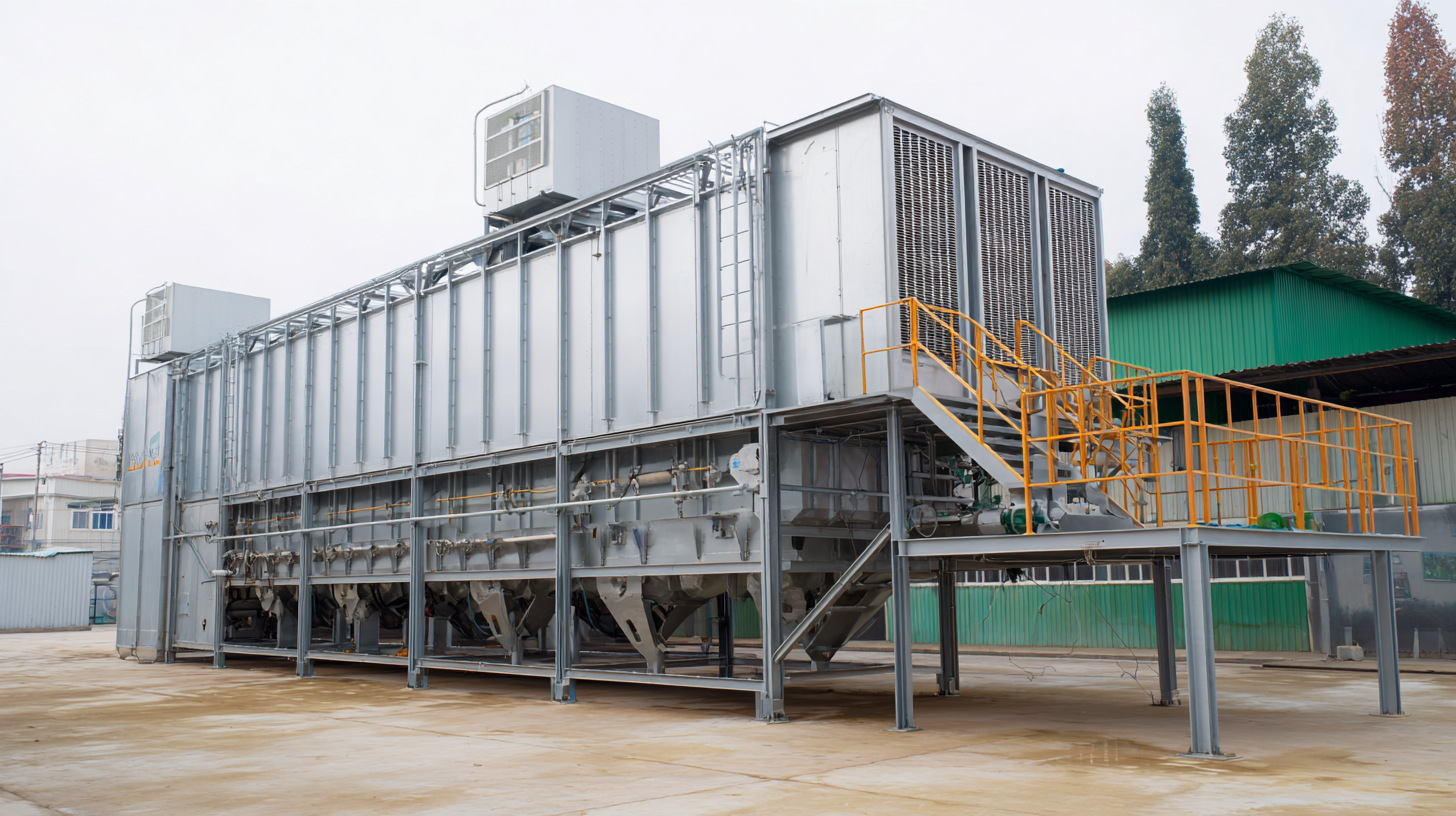
Furthermore, understanding the efficiency ratings of your dryer machine can lead to better decision-making. A study by the International Energy Agency found that machines operating at a higher thermal efficiency (above 70%) can effectively decrease not only electricity consumption but also drying times. Selecting equipment that meets or exceeds these benchmarks can yield a return on investment in less than two years. Regular maintenance, including cleaning filters and checking heating elements, also plays a pivotal role in maintaining efficiency and extending the machine's lifespan, ultimately driving down costs over time.


